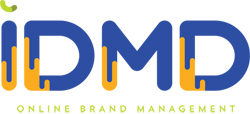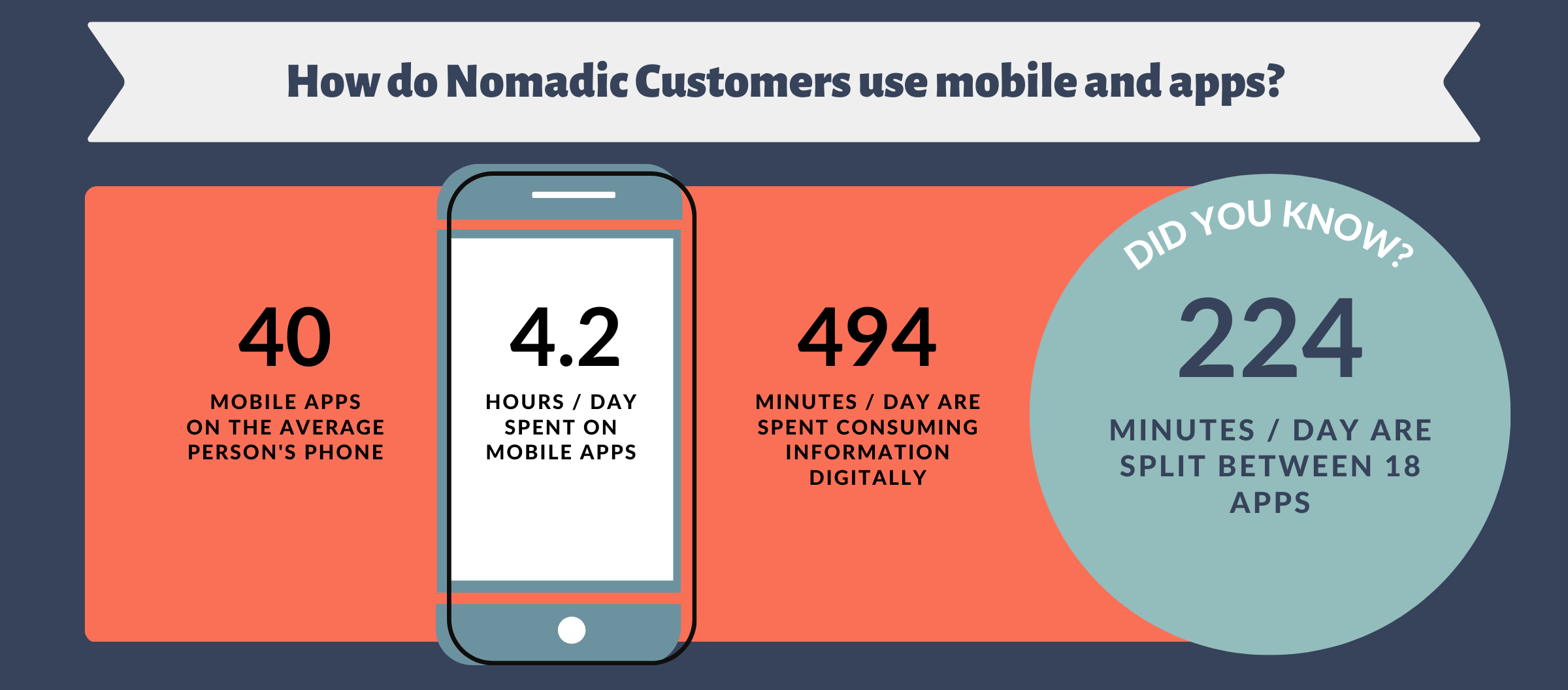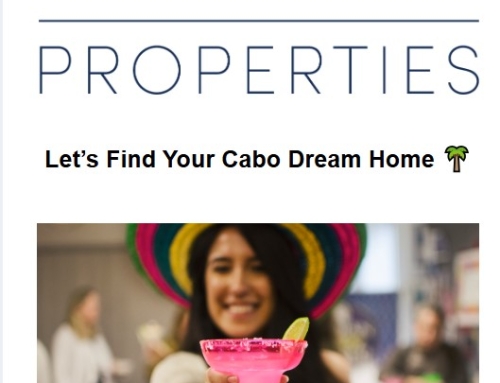In the past, it was much simpler to reach automotive shoppers. You had a clear understanding of where to allocate your advertising budget, targeting “dedicated YouTube viewers,” “enthusiastic Facebook users,” and “whatever platforms the younger generation was using.”
However, due to the impact of the pandemic, shoppers have become more nomadic in their digital behaviour. Consequently, it has become extremely challenging, if not impossible, to precisely place dealership advertisements where auto shoppers spend their time. This has resulted in increased advertising costs and decreased effectiveness.
The 2 Most Expensive Challenges For Auto Marketers Today
Presently, the “death of the cookie” by Google, the privacy restrictions of iOS 14, and other changes in data policies have compelled automotive marketers and General Managers to search for leads and customers in their hidden corners actively.
Not surprisingly, a recent survey indicated that 41% of marketers identified their greatest challenge as the inability to track relevant data. Essentially, it has become increasingly difficult to monitor the behaviour of automotive customers, and this difficulty is only expected to intensify.
Moreover, the constantly evolving habits of today’s digital shoppers have made it nearly impossible to locate them. On average, modern automotive shoppers have a staggering 40 apps installed on their smartphones and spend 494 minutes per day consuming digital information.

The reality is, Automotive Nomadic Customers don’t have strong attachments to any specific app or brand. They are willing to shift their time and money to alternative digital platforms or brands that offer them greater value.
However, there is a positive aspect to this situation. Once dealers identify the Nomadic Customers and understand their preferences, and their car shopping habits, they can effectively capture their attention.
The key lies in leveraging social media. Automotive Nomadic Customers are predominantly found on social media platforms, and auto marketers can achieve success by implementing a comprehensive omni-social advertising strategy that covers all stages of the customer journey.
To tackle these challenges, especially in the context of a softening automotive market, auto dealers and industry marketers are finding themselves resorting to a more generalized approach, akin to a “Spray and Pray” mentality.
Are We Back To Spray & Pray?
Today’s consumers have abundant choices and shorter attention spans. The outdated “spray and pray” approach to advertising is no longer viable for dealerships. Randomly targeting various platforms won’t cut it anymore, considering the multitude of places where automotive nomadic customers spend their time. Advertising solely on Facebook and Google is insufficient with the emergence of new digital mediums. To effectively engage these customers, a focused and comprehensive approach is necessary, targeting specific platforms and channels where the audience is actively present. Marketers must adapt and leverage diverse digital mediums to maximize reach and engage customers effectively.
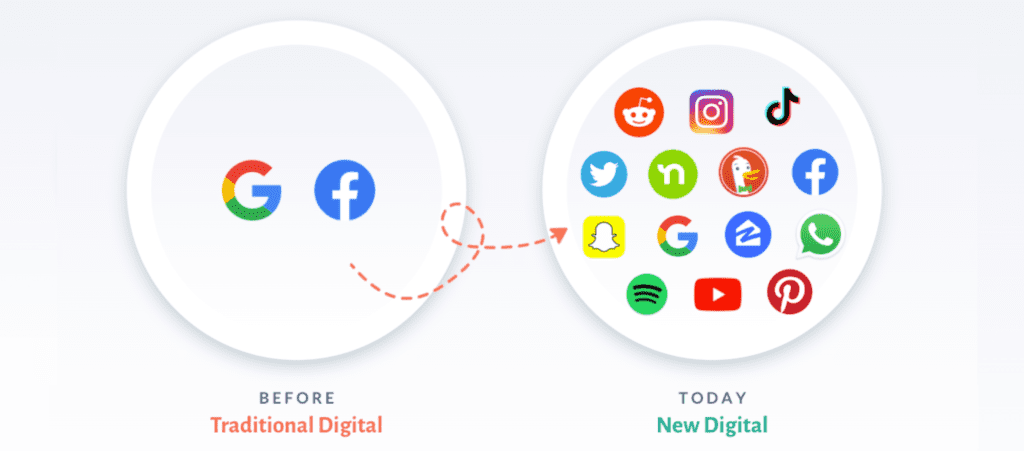
Remember that stat about the average person having 40 mobile apps on their phone? Now factor in that Social Media and Chat apps are #1 when it comes to where mobile US users spend the most time, and that the average user today has a whopping 8.4 social media accounts, spending 4.5 hours on social media per day. (Source: Global Web Index)
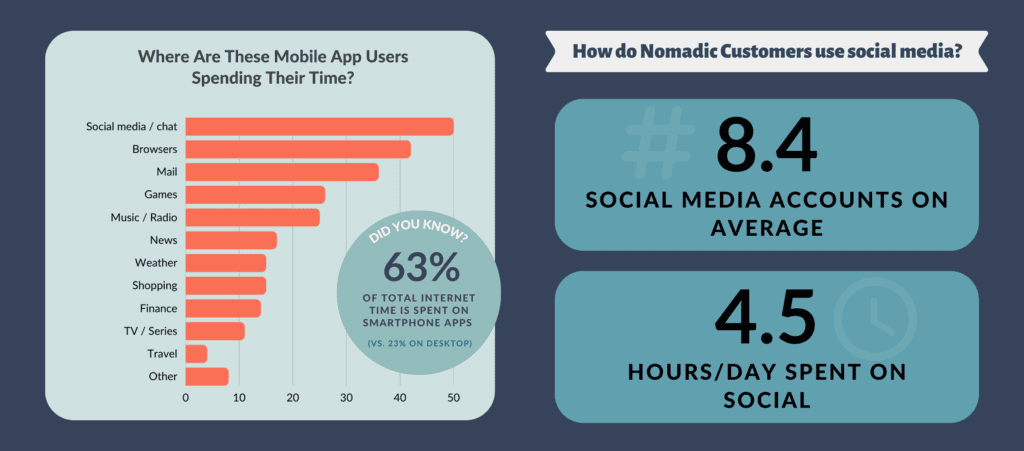
The demographics of your target buyers are changing.
Guess what? They’re not all on Facebook. They’re not all on Instagram…or Snapchat or Pinterest or TikTok either.
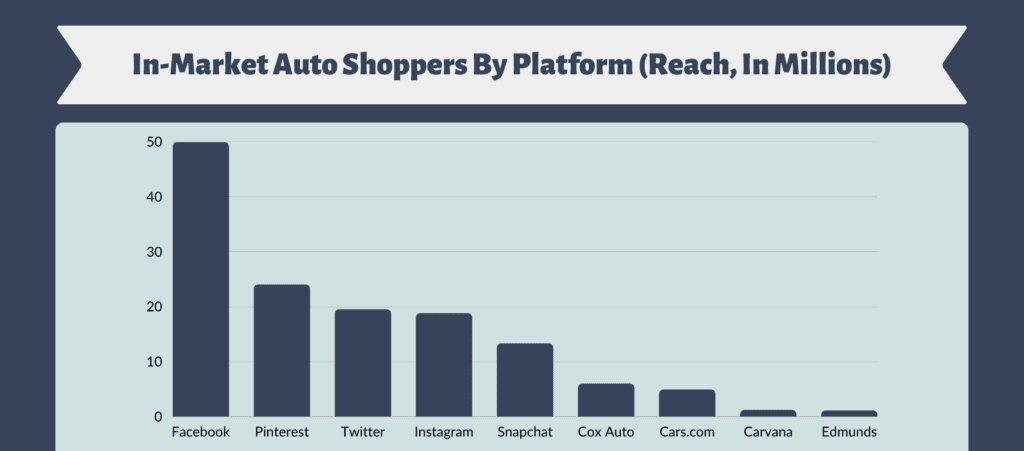
Reaching today’s scattered consumers requires a comprehensive omni-social strategy. It is essential to ensure your ads, offers, and inventory reach virtually every potential car buyer in your market, allowing you to gain market share in a challenging industry.
While many dealers appreciate the targeting capabilities of Facebook and Instagram, it’s important to note that without a true omni-social strategy, a significant number of automotive shoppers in your market will not consider your dealership when making a purchase decision.
Why is that? Because you have failed to reach them on the other six apps they use outside of Meta (formerly known as Facebook).

To effectively reach shoppers across the entire customer journey, which began approximately 90 days ago, it is crucial to have a strong brand presence, active engagement, consistent frequency, and relevant advertisements on the majority of these platforms.
Merely investing money in an attempt to address the challenges posed by a softening market without a solid understanding of omni-social opportunities is not advisable. It is essential to grasp these opportunities and learn how to master them.
For this reason, we have created a comprehensive guide to help you not only maximize your potential on social media but also become an expert in leveraging its power.
